Growing Demand for Energy Conservation
The growing emphasis on energy conservation is a pivotal driver for the smart indoor-lighting market. As energy costs continue to rise, consumers and businesses alike are seeking solutions that reduce energy consumption. Smart lighting systems, which can adjust brightness and color temperature based on occupancy and time of day, are particularly appealing. Reports indicate that smart lighting can reduce energy usage by up to 30%, making it an attractive option for environmentally conscious consumers. This trend aligns with broader sustainability goals, as more individuals and organizations aim to minimize their carbon footprint. Consequently, the demand for energy-efficient lighting solutions is likely to propel the smart indoor-lighting market forward.
Increased Awareness of Health and Well-being
There is a growing awareness of the impact of lighting on health and well-being, which is influencing the smart indoor-lighting market. Research suggests that proper lighting can enhance mood, productivity, and overall health. As a result, consumers are increasingly interested in smart lighting solutions that can mimic natural light patterns, thereby promoting better sleep and reducing eye strain. This trend is particularly relevant in workspaces and homes where individuals spend significant amounts of time. The market is likely to benefit from this heightened awareness, as more consumers seek to invest in lighting systems that contribute positively to their health and lifestyle.
Rising Urbanization and Smart City Initiatives
The trend of rising urbanization and the implementation of smart city initiatives are significantly impacting the smart indoor-lighting market. As urban areas expand, there is an increasing need for efficient and intelligent lighting solutions that can adapt to the dynamic needs of urban environments. Smart city projects often incorporate advanced lighting systems that enhance public safety and reduce energy consumption. In the US, cities are investing heavily in smart infrastructure, which includes smart lighting as a key component. This trend is expected to drive substantial growth in the smart indoor-lighting market, as municipalities seek to modernize their lighting systems and improve the quality of life for residents.
Technological Advancements in Lighting Solutions
The smart indoor-lighting market is experiencing a surge due to rapid technological advancements in lighting solutions. Innovations such as LED technology and smart sensors are enhancing energy efficiency and user experience. The integration of IoT (Internet of Things) capabilities allows for remote control and automation, making lighting systems more user-friendly. In 2025, the market is projected to reach a valuation of approximately $10 billion, driven by these advancements. Furthermore, the ability to customize lighting settings based on user preferences is becoming increasingly popular, indicating a shift towards more personalized lighting solutions. This trend suggests that consumers are willing to invest in smart lighting systems that offer both functionality and convenience.
Regulatory Support for Energy-efficient Solutions
Regulatory support for energy-efficient solutions is a crucial driver for the smart indoor-lighting market. Government initiatives aimed at promoting energy conservation and reducing greenhouse gas emissions are encouraging the adoption of smart lighting technologies. Incentives such as tax credits and rebates for energy-efficient upgrades are making smart lighting systems more financially accessible to consumers. In 2025, it is anticipated that these regulatory measures will contribute to a market growth rate of approximately 15% annually. This supportive environment not only fosters innovation but also encourages manufacturers to develop more advanced and efficient lighting solutions, further propelling the smart indoor-lighting market.

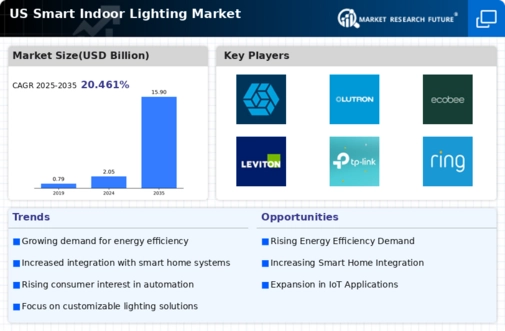
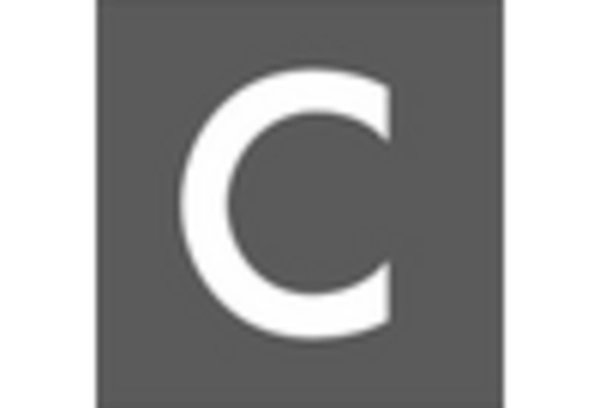
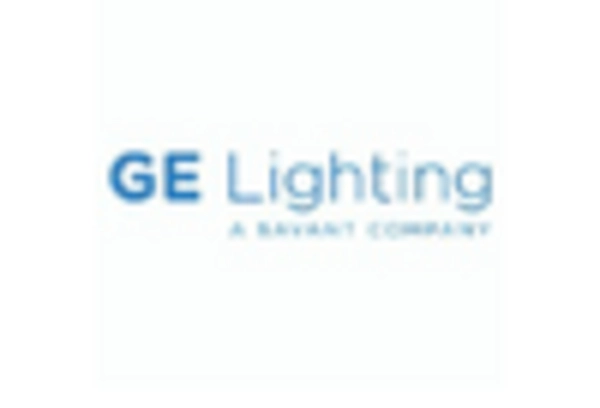
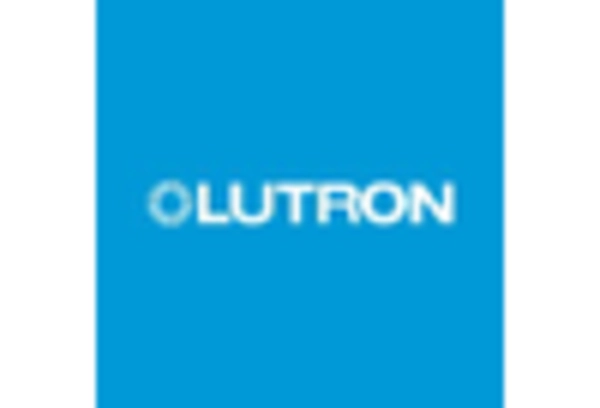
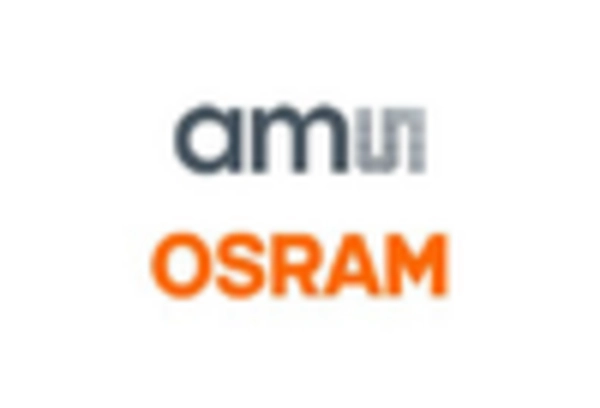










Leave a Comment